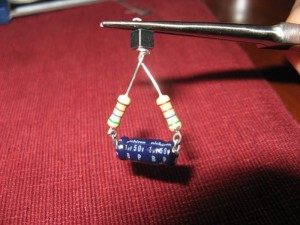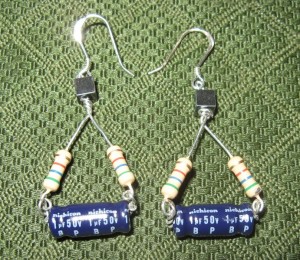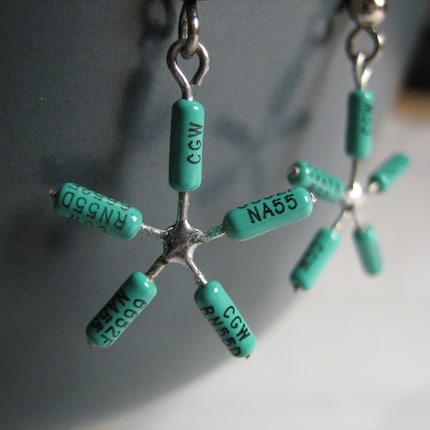Tea-making in action
January 24th, 2011 at 11:00 pm (Engineering, Food, Plants, Productivity)
I recently had the pleasure of seeing tea being made into tea bags, right before my eyes! While in Boulder, CO, for a conference, I stopped by the Celestial Seasonings tea factory. They have not only a wonderful gift shop but also a free tea-tasting bar filled with great art and a free tour of their factory facilities.
After donning a hair net (plus beard net for whiskered men), we entered the factory and got to see black tea being milled (chopped up), filling the air with the most delicious odors. We walked past bales of herbs piled to the ceiling, filled with hibiscus and chamomile and tilia and all sorts of other things. We entered the tea room, where actual tea (black, green, and white) is stored, and then the “world famous” mint room, which of course is filled with mint. It turns out that a room full of mint bales, kept closed 99% of the time, builds up an overpowering mintness. Two feet into the room, my nose started to tingle and then burn faintly. I couldn’t get back out because of the flow of people coming in, so I edged over to the spearmint side of the room since it was less painful than the peppermint side.
 Next we entered the main assembly room floor. This was so awesome I’m having trouble putting it in words. It was heaven for any tea-loving geek — like Willy Wonka’s Chocolate Factory, but with tea! Little conveyor belts sent half-assembled boxes of tea zooming around the room, pausing to be folded or stamped or sealed or wrapped in plastic, all by amazing automated machines. I wanted to stop and stare and figure out all of their gears and mechanics, but the tour kept pushing onward. Perhaps most intriguing was their “Robotic Palletizer”, which picked up packed cartons tea boxes in groups of six and stacked them precisely on a pallet. Later I saw the whole pallet being spun so it could be wrapped in plastic, a 6-foot stack of tea cartons all wound up like a cocoon. I could have spent the whole afternoon watching this busy, enchanting process.
Next we entered the main assembly room floor. This was so awesome I’m having trouble putting it in words. It was heaven for any tea-loving geek — like Willy Wonka’s Chocolate Factory, but with tea! Little conveyor belts sent half-assembled boxes of tea zooming around the room, pausing to be folded or stamped or sealed or wrapped in plastic, all by amazing automated machines. I wanted to stop and stare and figure out all of their gears and mechanics, but the tour kept pushing onward. Perhaps most intriguing was their “Robotic Palletizer”, which picked up packed cartons tea boxes in groups of six and stacked them precisely on a pallet. Later I saw the whole pallet being spun so it could be wrapped in plastic, a 6-foot stack of tea cartons all wound up like a cocoon. I could have spent the whole afternoon watching this busy, enchanting process.
Right there at the factory, the various herbs and constituents are magically converted into a lovely beverage experience. They mill, mix, and bag the tea (using unique no-string teabags so as to save frightening amounts of paper), then deposit the bags into boxes that are sealed and sent off for distribution and sale. You can get some glimpses of this geeky awesomeness through the Celestial Seasonings virtual tour; click on the tea cups marked “3” and “4”. Enjoy!






